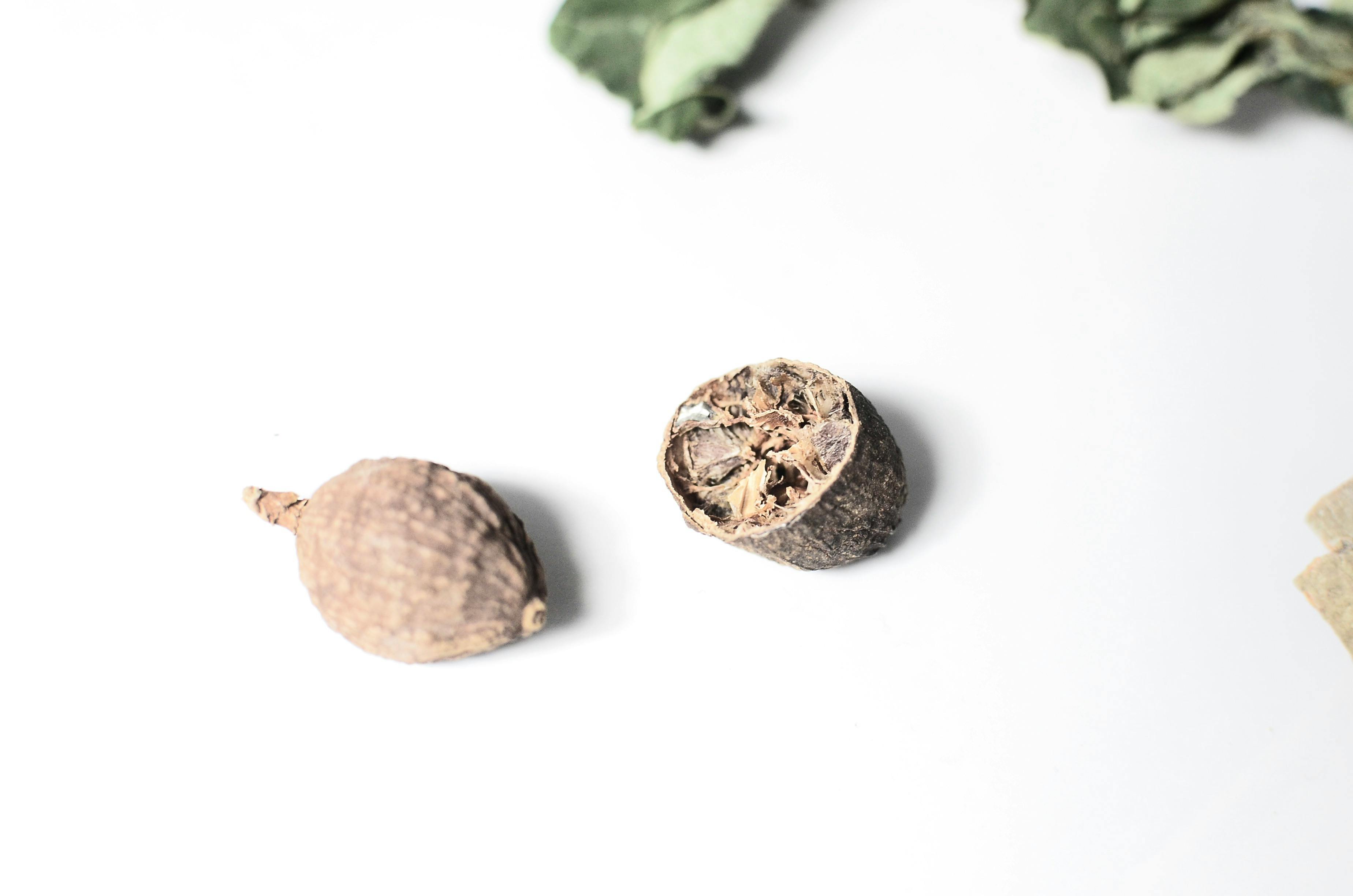
Traditional forms of African entertainment
Traditional African entertainment makes use of a wide variety of musical instruments, all made from materials found in nature. These instruments include drums, gongs, bells, harps, flutes, and xylophones. In African culture, music, dance and song go hand in hand and separating them into different categories is practically impossible. Music, dance and song are also an inherent part of each culture and it is much more than just a form of entertainment, it is part of their soul and intrinsic to their way of life. Today, even though many Africans no longer live a traditional life but have fully embraced Western cultures and Western influences, they still retain an inherent love of music, dance, and song.
Some traditional African dances that remain popular to this day include:
Agbaei, which is a flirtatious social dance of the Krobo of Ghana. According to the oral history of the Krobo, the elders began the dance when they realized that the youths of their settlement were having problems with the entire courtship process. They created the dance so that the youth of the village would have to participate in the dance and thus learn some tips that would help them in real life situations.
Bamaaya means “The river (or valley) is wet” and is the most popular dance of the Dagbamba people in northern Ghana. These days it serves as a dance for a variety of social occasions such as festivals, national day celebrations, and even funerals. It began, however, as a religious musical performance. The dance requires a great deal of fitness and flexibility, as there is a lot of movement at the waist and twisting. When it began, it was a dance in which only men could participate, women sang, shouted praise and encouraged the dancers. Now both sexes can participate in the dance.
Yeve is a god of stone or thunder that falls from the sky during or after a storm. The people who believe this belong to one of the most secretive and powerful cults in the Southeast Ewe territories of West Africa. Yeve’s music has a unique structure that identifies it as something separate from other Ewe music. Yeve music has a set of seven to nine forms or dance movements and each movement is related to a specific phase of worship.
Kete is a dance form found in the royal courts of Akan communities. It is only performed if the chief’s status is such that he has the right to be carried in a palanquin. The music is performed on state occasions and festivals. There are three parts to each performance: 1) drum music 2) flute interludes 3) vocal counterpart to the flute melodies. There are eight pieces for each performance. The pieces are identified by the name of the type of drumming and dance performed, by the commemorative name of the event, or by a name indicative of the participants.
The most popular and well-known traditional musical instrument is the djembe drum. The drum originates from West Africa, where it plays an integral role in the areas of musical traditions and culture. The drum is cup-shaped and covered with animal skin and is designed to be played with bare hands. The Bamana people in Mali say that the name djembe comes from the saying “Anke dje, anke, be”, which translates to “everyone gather” and thus clearly defines the purpose of the drum.
The combination of the drum’s cup shape, skin cover and density mean it is capable of producing a wide range of tones, from a high, sharp slap sound to a full, round bass tone. To achieve the right sound, it is important to focus or disperse the energy of the hand by placing it in the right place. Hitting the drum with your fingers and palm toward the center of the drum will produce the low note, while striking the drum near the edge with the fleshy part of your palm will produce the tone and hit.
The djembe drum is believed to contain three spirits: 1) the spirit of the tree from which it is made, 2) the spirit of the animal from which the skin cover comes, and 3) the spirit of the maker of the instrument. Legend has it that the djembe drum and the tree from which it was made was a gift from a malevolent Djinn or demigod. A djembe drum is well made if it is made from a single piece of a hollowed out tree called Dimba or Devil Wood. If it has been glued together with strips or segments, it is believed that the soul of the tree does not reside there.
The djembe drum has gained popularity around the world since the late 20th century. Drum circles are especially popular as team building exercises for corporations or businesses. However, to get the full experience, you need the whole set and not just the djembe drums. The full cast includes dunun bells and drums with people playing different parts that intertwine to form a beautiful whole. There is usually a lead djembe who plays the rhythms and signals the beginning and end of a piece.
Recommended websites:
http://www.gigsalad.com/World-Music/African-Entertainment/index.php
[http://www.geocities.com/bamaaya/africandance1.html]
http://en.wikipedia.org/wiki/Djembe